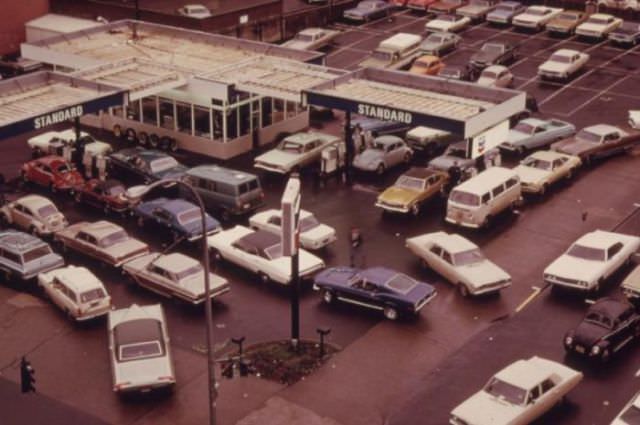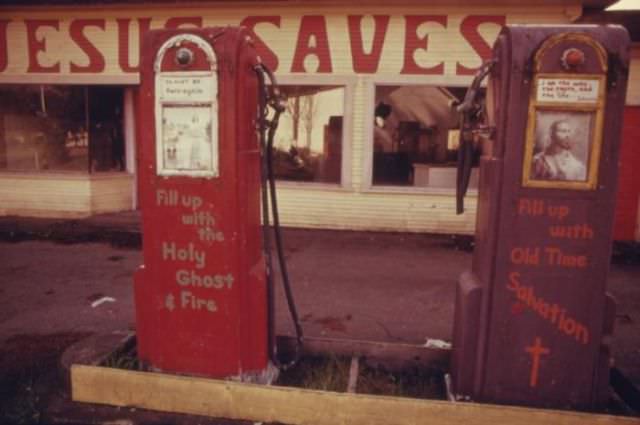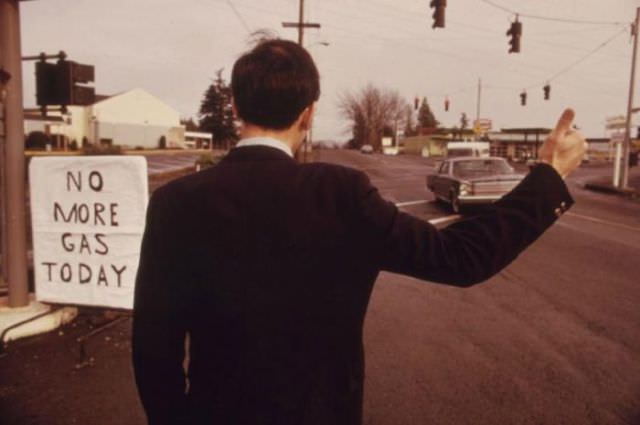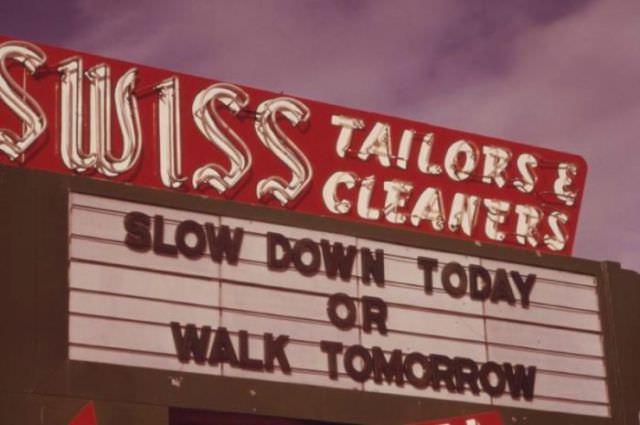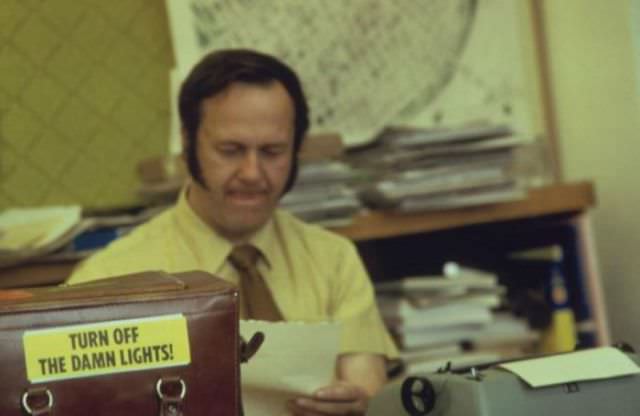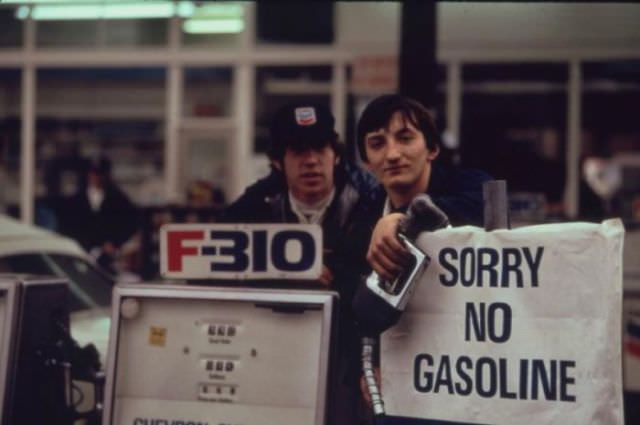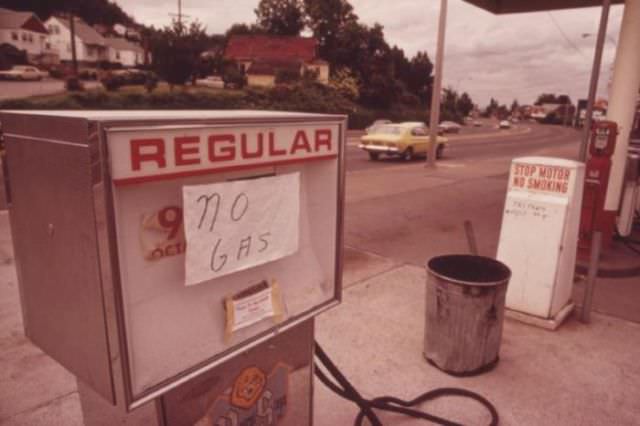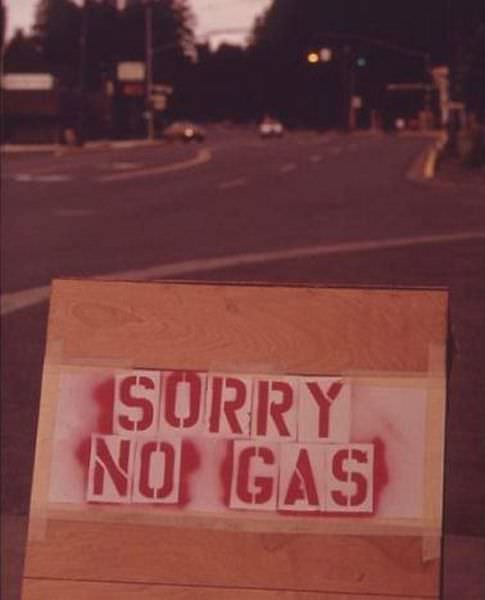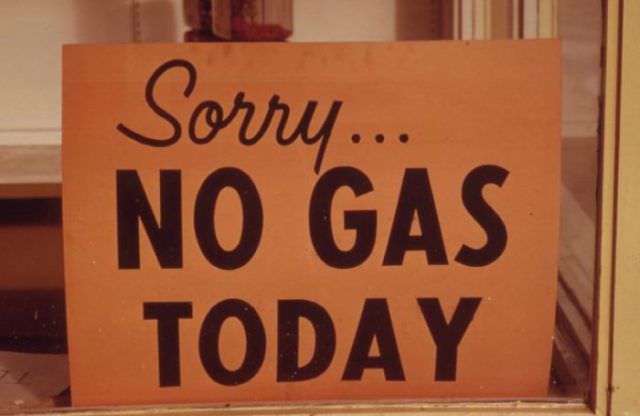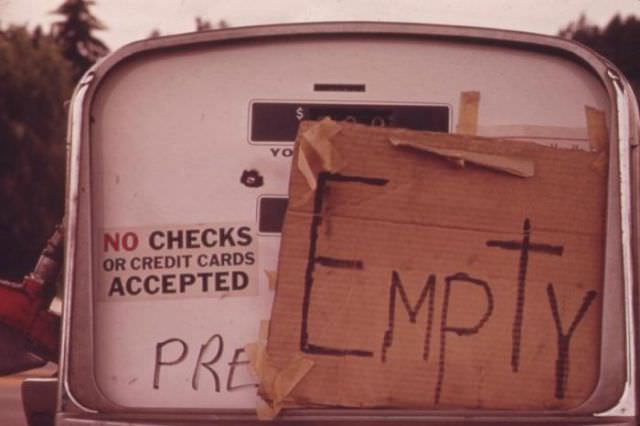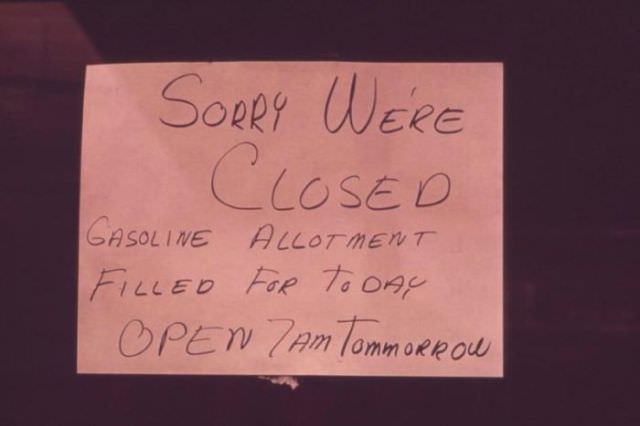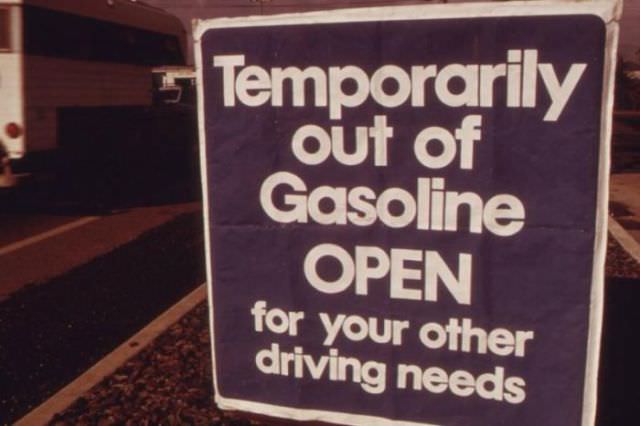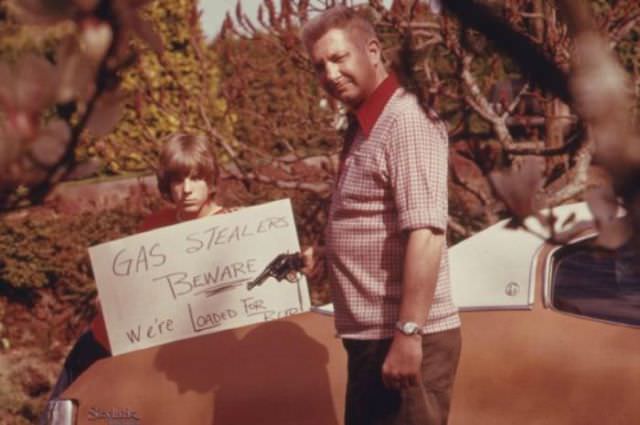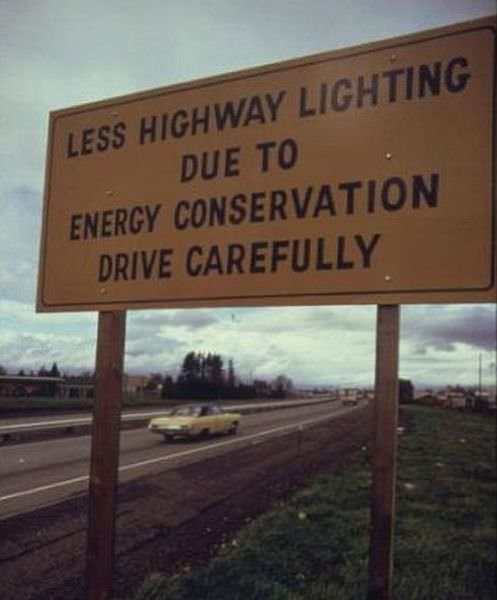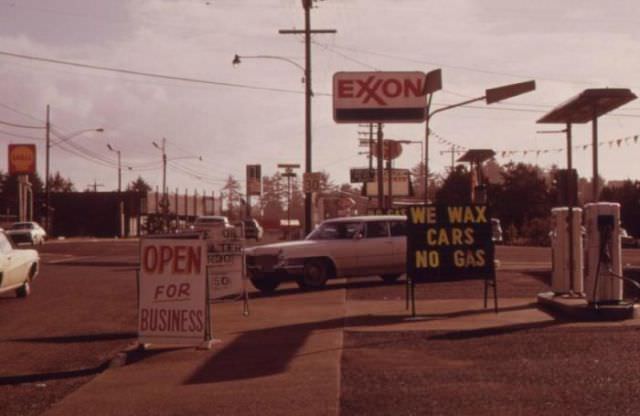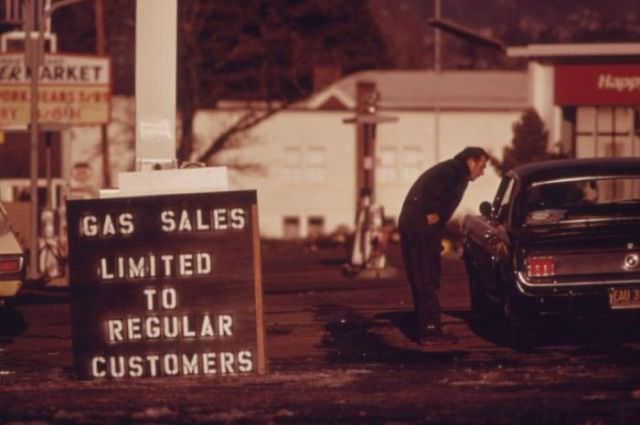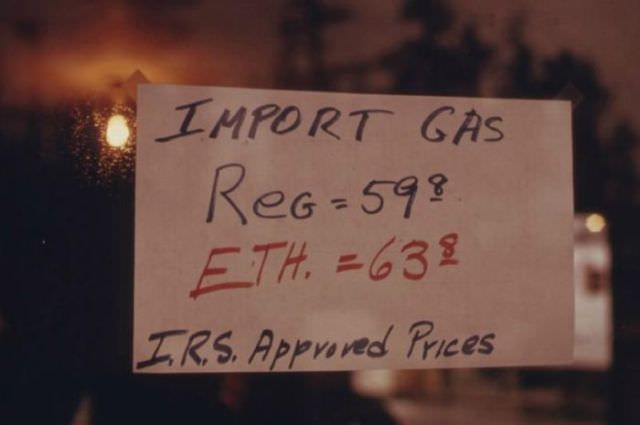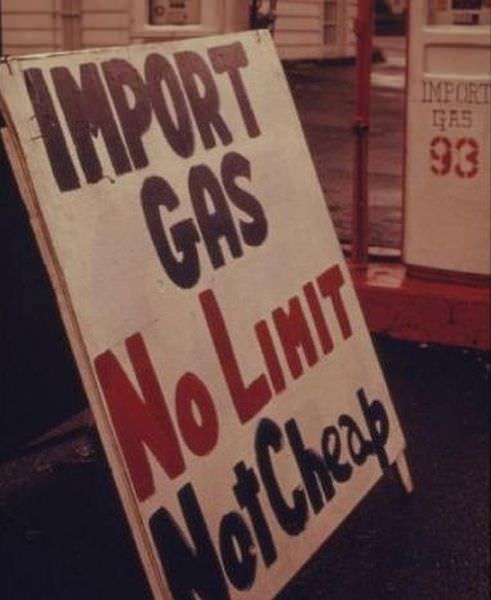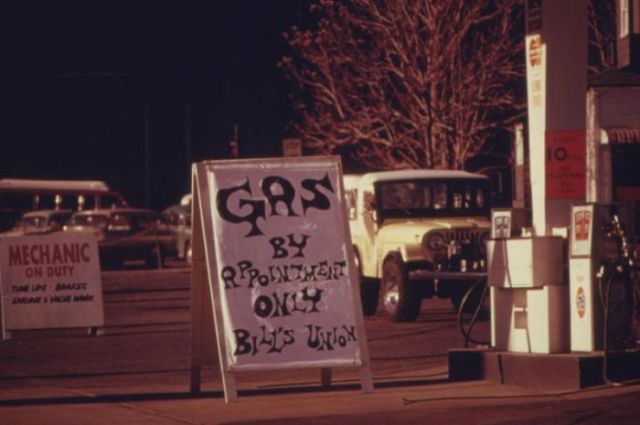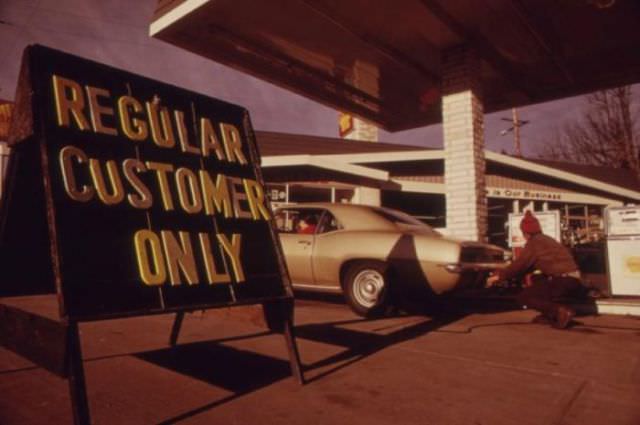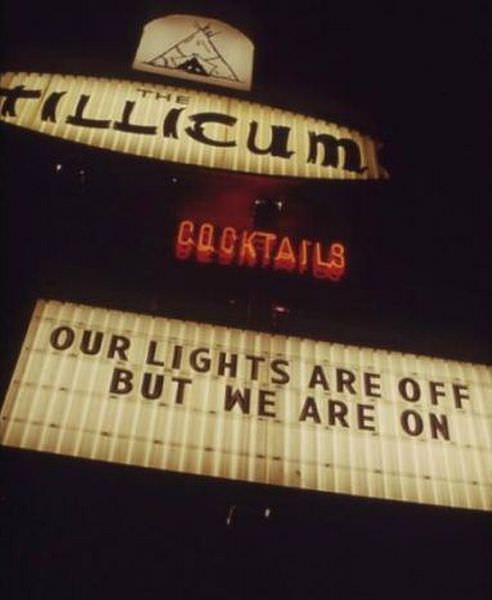In the fall of 1973, an event shook the United States economy to its core. The members of the Organization of Arab Petroleum Exporting Countries, known as OAPEC, decided to stop selling oil to the U.S. This was their response to America’s decision to help Israel with military supplies during the Yom Kippur War, a conflict between Israel and a coalition of Arab states.
The Impact at the Pump
Immediately, the effects were noticeable. Gas stations ran out of gas, and where there was fuel, there were long lines. People waited for hours, only to be told they could buy a limited amount of gasoline. The price of gas shot up, making everyday travel expensive. This wasn’t just about filling up cars; the cost of goods went up because everything needed to be transported, and transport depended on oil.
Read more
Life Changes
Americans had to change their habits. The government introduced measures like odd-even gas rationing, where the day you could buy gas depended on the last digit of your license plate. There was a nationwide speed limit reduction to 55 miles per hour to save fuel. People were encouraged to turn off lights, lower their thermostats, and some even switched to carpooling or public transport, which was not very common in many parts of America before.
Political Moves
President Nixon’s team had to think fast. They started talks with both the Arab oil countries and the conflicting sides in the Middle East. Henry Kissinger, the Secretary of State, played a key role. He worked on getting Israel to pull back from territories they had occupied, which was a condition set by the Arab nations for ending the oil embargo.
Negotiating Peace and Oil
By early 1974, Kissinger had managed a partial withdrawal of Israeli forces from the Sinai Peninsula, which was enough to get the ball rolling. The promise of more peace talks convinced the OAPEC countries to start thinking about lifting the embargo. By March, with some progress on the peace front, the embargo was lifted. Israel later agreed to move back from parts of the Golan Heights by May, easing tensions further.
International Relations Strain
The crisis showed how oil could be used as a political weapon. NATO, the military alliance including the U.S. and many European countries, faced internal disagreements. Countries like France and Japan started to look for ways to secure their own oil supplies, sometimes at the cost of U.S. foreign policy support. This showed a crack in what was supposed to be a united front.
Energy Consciousness Awakens
The crisis made Americans more aware of their energy use. There was a push for cars that used less gas, which was a big change since American cars were known for their size and fuel consumption. The government started to think seriously about not relying so much on oil from other countries, although real change in this area would take time.


